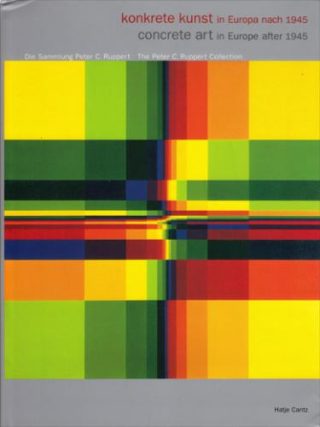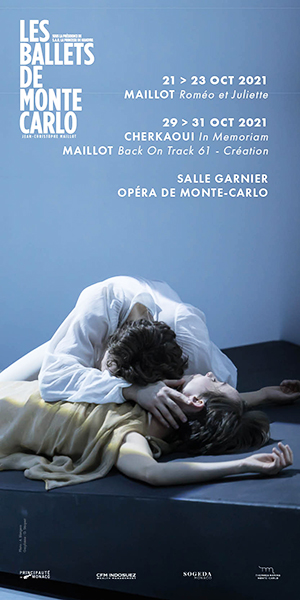Présentation
Serge Lemoine, Hella Nocke-Schrepper, Peter C. Ruppert, Walter Schwimmer, Edmund Stoiber, Margit Weinberg Staber, Marlene Lauter, Beate Reese
Concrete Art in Europe after 1945. The Peter C. Ruppert Collection
For more than three decades, the private collector Peter C. Ruppert and his wife Rosemarie have been building up an art collection consisting of about 245 works. Their collection serves to illustrate and document the expansion and development of Concrete Art throughout Europe from 1945 until today.
This book presents an extensive overview of individual aspects of a collection featuring works by 171 artists from 22 countries. The enormous range of the collection is focused by the definition of Concrete Art as an aesthetic form that stands only for itself, and not for an abstracted or symbolistic representation of the visually perceptible.
The collection includes the geometric forms and pure colors in the paintings of Victor Vasarely, Josef Albers and Max Bill, the beginnings of computer art with Manfred Mohr, virtual sculptures by Gerhard Mantz, as well as most recent works of Concrete Photography.



 parisART sur Instagram
parisART sur Instagram